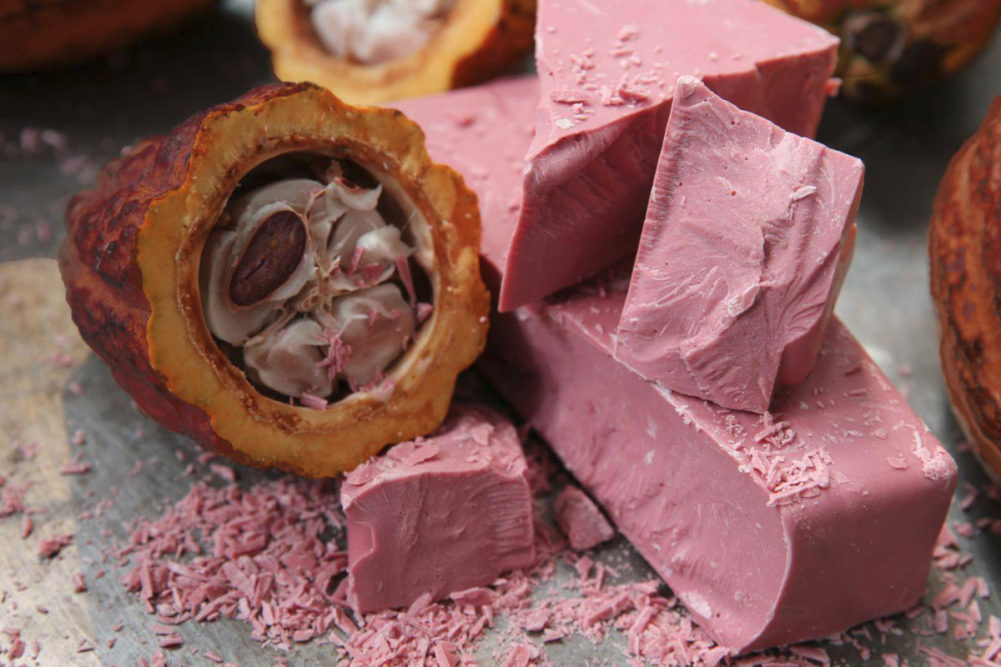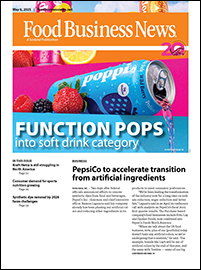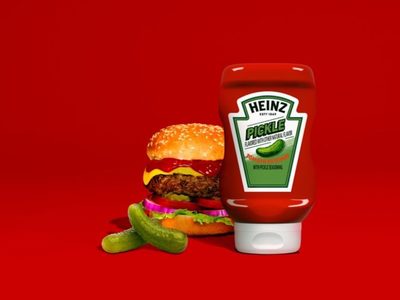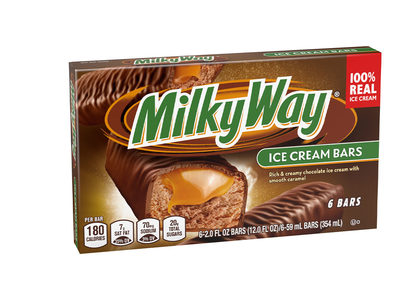ZURICH, SWITZERLAND — Barry Callebaut has introduced ruby in the United States and Canada, the Zurich-based company said May 14. Made from cocoa beans, ruby offers a ruby color and fresh berry fruit flavor without adding berry flavors or colors. Chefs, artisans and chocolatiers may use ruby in applications like bars, tablets, bonbons, pastries and desserts.
Ruby satisfies a different consumer need than dark chocolate, milk chocolate and white chocolate, according to Barry Callebaut. For now, ruby in the United States will be known as ruby couverture. The company said it is working with the U.S. Food and Drug Administration to test market ruby as a new chocolate product in the United States with a goal of establishing a new standard of identity reflecting ruby’s distinctive sensory profile.
“Given the fact that ruby satisfies an unmet consumer need, we decided not to trademark ruby chocolate across the world as no one should own ruby,” said Bas Smith, global vice-president marketing of the Barry Callebaut Group. “We aim for category growth and to have ruby accepted as the fourth type of chocolate.”
Barry Callebaut launched ruby chocolate in Shanghai on Sept. 5, 2017. Since then roll-outs have taken place in Asia, Europe and Australia/New Zealand.
“Fueled by the overwhelming consumer response around the globe, Barry Callebaut collaborated with a small group of pioneering artisans over the last six months to soft launch ruby in the U.S. marketplace,” said Peter Boone, chief executive officer and president of Barry Callebaut Americas. “The sales of those consumer products have been very strong. As a result, to help ensure that our business partners have access to the product, we feel that now is the time to take the next step in our global roll-out campaign and introduce ruby to the entire North American market.”
Barry Callebaut, in promoting ruby as the fourth type of chocolate in many areas of the world, said it was the biggest chocolate innovation since white chocolate was launched more than 80 years ago. A standard of identity for white chocolate went into effect Jan. 1, 2004, after the F.D.A. responded to petitions filed separately by the Hershey Foods Corp. and the Chocolate Manufacturers Association of the United States of America.





